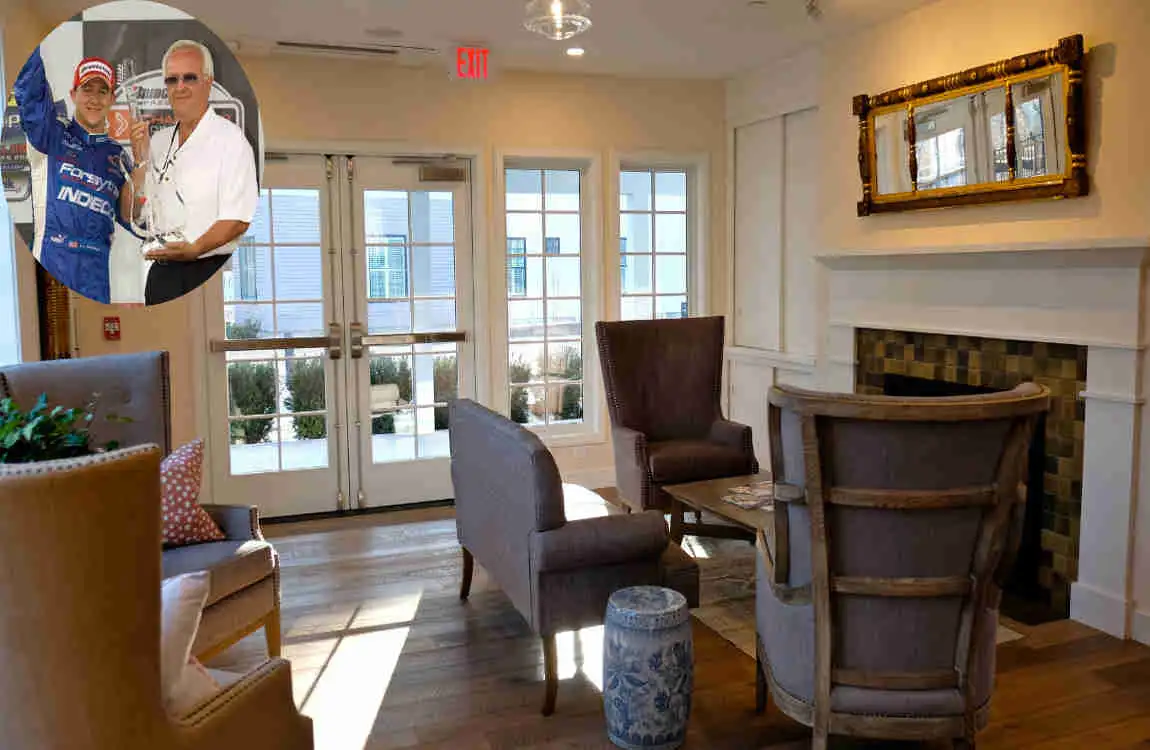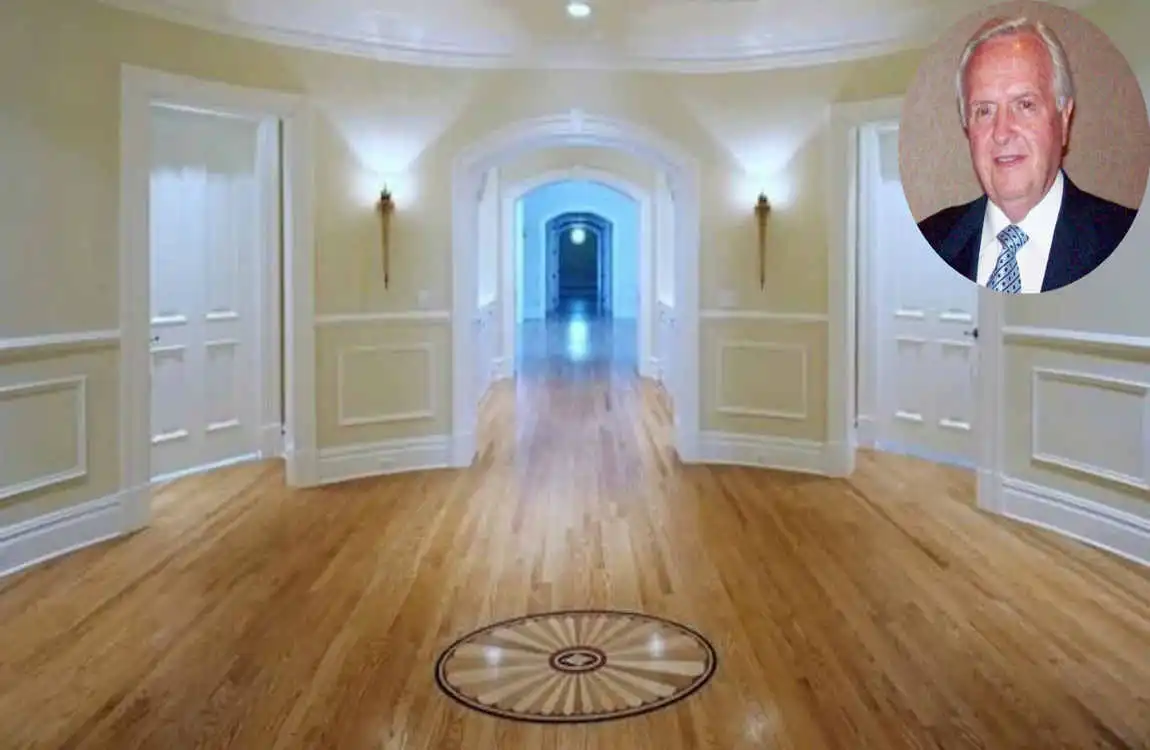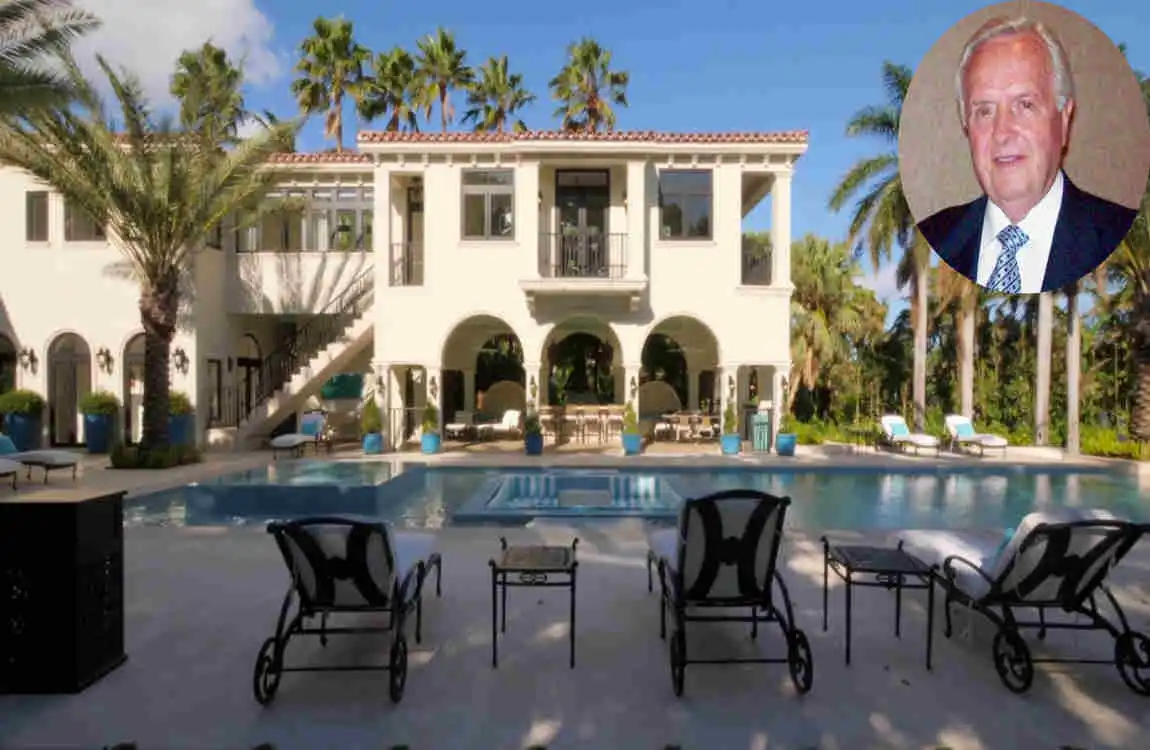The Gerald Forsythe House: A Lasting Legacy This house, situated in the pastoral countryside of Mercer County, Ky., is not just a building, but a remnant of a long-past era, combining forms of Federal and Greek Revival styles in a manner that inspires architects, historians and visitors alike.
Hook: A Classic Gem in Mercer County

Have you ever thought about how one modern house can connect two completely different architectural centuries? The Gerald Forsythe House manages this, continuing a fascinating stylistic intersection between Federal and Greek Revival flourishes that was uncommon for its era. It’s not just a house — it’s a living piece of history.
At a Glance: What Makes the Gerald Forsythe House Special
The Gerald Forsythe House, built in the early 19th century, is known for its handmade brickwork, five-bay-wide facade and detailed woodwork. Yet this house is more than its shape and materials; it is also a story of cultural evolution, a reflection of the values and aspirations of its time. Nestled in the rolling hills of Kentucky’s Inner Bluegrass region, this house is a treasure trove of history and architectural innovation.
Why This Article Matters
The Gerald Forsythe House is not just pretty on the outside. Knowing its architectural and historical significance helps us understand how preservationists continue to keep our collective heritage alive. So whether you’re an architecture enthusiast, a history buff or just curious, this article will help you appreciate this extraordinary home even more.
Where does Gerald Forsythe currently live?
Gerald Forsythe currently lives in Inverness, Illinois. He has a private residence there that measures approximately 24,884 square feet, which was noted as the largest single-family residence in Cook County, Illinois, when it was built in 2008. Forsythe and his family maintain this residence historical significance while he is involved in local business ventures in the area. Additionally, he also owns a farm in his native Marshall, Illinois. This information reflects his current living situation as of 2024-2025.
History of the Gerald Forsythe House
History House Origins
Constructed in the early 19th century, the Gerald Forsythe House was conceived at a time of explosive expansion and change in America. It was commissioned by Andrew Forsythe, who imagined a home both elegant and functional. Built to the highest specifications, and one of the first houses in the area, it became famous for its high quad and craftsmanship.
Location and Setting
Located in Mercer County, Kentucky, the luxury house is set on rolling fields of lush greenery, encapsulating the pastoral wilderness of the area. The home’s location is not only picturesque but also strategic, sitting in the Inner Bluegrass region, an area of fertile soil and an agricultural economy.
Historical Significance
The Gerald Forsythe House stands not just as a home, but rather as a cultural artifact that captures the socioeconomic reason for being when it was constructed. Agriculture was thriving in Mercer County, and the house was built symbolized wealth and progress. Its design is a transition between two 19th-century styles — Federal and Greek Revival —reflects the changing fashions of the time. This historical context strongly informed the home’s distinct architectural elements, which we’ll examine in the next section.
Architectural Features on the Exterior

The Gerald Forsythe House’s exterior is a cross-section of architectural styles. Let’s take a closer look at the design features that make this house a wonder.
Overall Design and Style
The Gerald Forsythe House fuses Federal with Greek Revival, resulting in an aesthetic few early 19th-century homes achieve.
Federal Style: Characterized by symmetry and simplicity, this style is visible in the house’s balanced proportions and understated elegance.
Greek Revival Style: Mercy’s house features the influence of ancient Greek architecture demonstrated in the portico, pilasters and entryway detailing.
Combining these styles makes the house a transitional moment in American architecture — no other home like it exists, making it a rare and potentially valuable house example of its time.
Materials and Construction
The construction of the house revealed the creativity and resourcefulness of the builders.
Clay bricks: The locally sourced bricks constituted the crisp walls of the sturdy house.
Cut-Stone Foundation: Exemplifying late 19th-century mason craftsmanship, the durable and pleasing foundation is made up of cut-block format.
The inclusion of these materials bolstered the house’s durability and emphasized the region’s natural resources.
Facade and Elevations
The five-bay-wide facade of the house is a particularly striking aspect, perfectly symmetrical, with evenly spaced windows flanking a central entry.
- Windows: The nine-over-six double-hung wooden sash windows are trimmed with jack arches, a touch of Federal-style design.
- Entry: The main entry has a decorated door with sidelights that allow light but also provide elegance to the interior.
Portico and Entryway
Costarino pointed to the rebuilt portico as an especially successful feature, combining beauty and function. It features:
- Pilasters: These vertical supports bring a touch of Greek Revival grandeur.
- Sidelights and transom windows: These architectural details serve to beautify the entryway and let natural light pour into the interior.
Kitchen and Breezeway
A breezeway connects the main house to an attached brick kitchen that represents the more practical needs of the times — all while continuing the home’s natural design flow. This design was typical of early 19th-century homes, where detached kitchens minimized fire hazards and kept cooking heat out of living quarters.
Details of the Interior Architecture

The inside of the Gerald Forsythe House is equally beautiful, mixing functional elements with fine detailing.
Central-Passage Plan
The house follows a traditional central-passage plan, which is common in Federal-style houses.
Main Rooms: The central hallway divides the house into symmetrical rooms, creating a nice balance of privacy and flow.
Staircase: The staircase, which is situated in a prominent position in the hallway, is a delicately shaped work of art with sweeping curves and raised paneling.
Hallway and Staircase
There are raised-panel doors in the hall, a sign of the craftsmanship of the day. A window covered by a panel on the staircase landing lends mystery and charm to the layout.
Parlor
The parlor, the most richly decorated room, exemplifies the grandeur of Greek Revival styling.
When not taking the beautiful house and elaborated elements on the Door Surrounds and Mantels:
Baseboards: The room’s tall baseboards help draw attention to its height and sophistication.
Family Room
Unlike the parlor, the family room has more Federal-style details, including simpler moldings and built-in presses on either side of the chimney stack.
Dining Room
On the other side of a short hall on the first floor of the two-story ell, the dining room was a functional yet elegant space for family meals, designed in an era when hospitality was a high priority for 19th-century homes.
It is worth getting rid of as well.
The interior of the house decorated with fine materials, including:
- Dark Wood (White Oak Floors): Sturdy, aesthetically appealing, these floors stand the test of time.
- Raised-Panel Door: These doors inject an additional element of refinement into a home’s overall design.
Significance and Preservation

Architectural Significance
The Gerald Forsythe House is an excellent example of transitional architecture, merging Federal and Greek Revival styles in a seamless and innovative manner. Its look exemplifies the ambitions of early 19th-century America, where tradition collided with progress.
Local and Regional Importance
In both Mercer County and the surrounding Inner Bluegrass region, the house is an iconic representation of the local agricultural wealth and cultural legacy.
Preservation Efforts
Preservationists have tried to protect both the building’s structure and authentic architecture. These efforts guarantee that future generations are able to see and enjoy this historical treasure.
National Register Criterion
The house is significant under National Register Criterion C, representing the distinctive characteristics of a period and style significant at the local and national level.
FAQS
- What is Gerald Forsythe’s main house like?
- Forsythe owns a luxurious mansion in Wheaton, Illinois (a suburb of Chicago). It’s a large estate spanning several acres, typical of high-net-worth individuals, with features such as extensive grounds and high-end amenities. Exact details aren’t publicly available for Security reasons.
- Where else does he have properties?
- He has investments in real estate, including commercial properties through his companies (e.g., Indeck Energy). There are reports of vacation or secondary homes, but specifics are limited—nothing like a publicly toured Forsythe House historic site.
- Is his house open to the public?
- No, it’s a private residence. Forsythe is private about personal life; no tours or public access.
- Why is his house notable?
- Primarily due to his wealth (net worth ~$1.2 billion as of 2023 estimates). It’s not as famous as celebrity homes, but it’s tied to his success in racing (Forsythe Racing) and business.
Gerald Forsythe house photos



